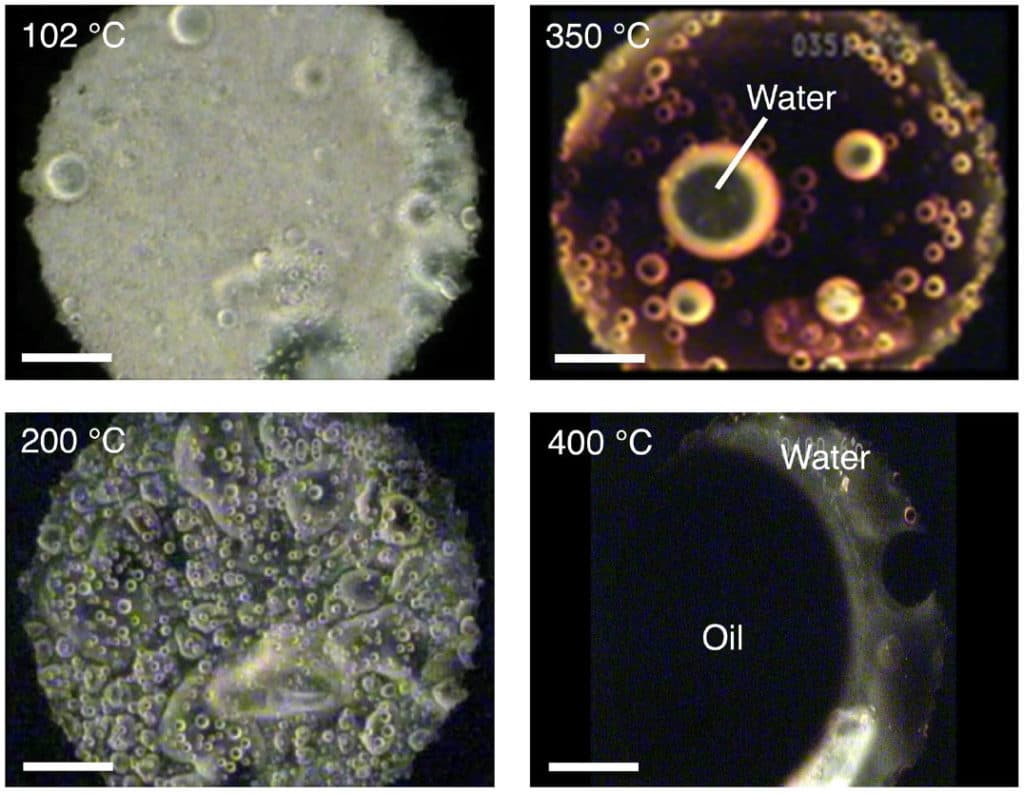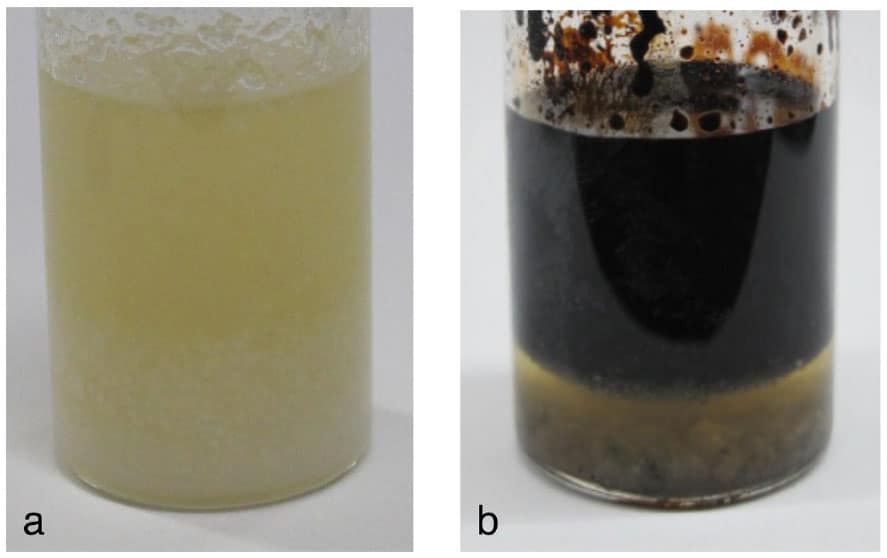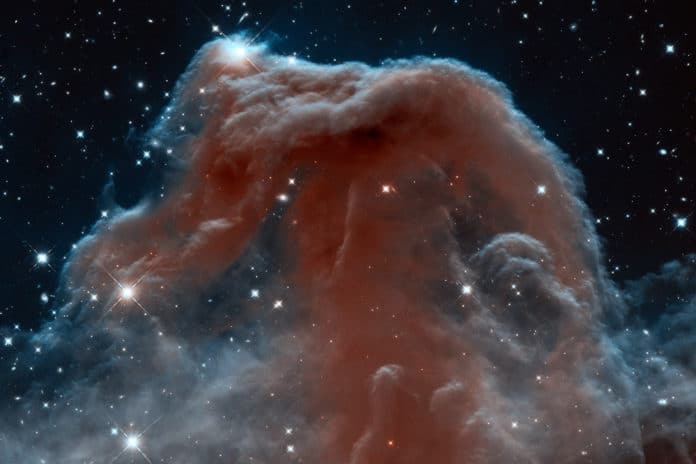The origin and evolution of solar system bodies, including water on the Earth, have been discussed based on the assumption that the essential ingredients were simply silicates and ices.
However, large amounts of organic matter have been found in cometary and interplanetary dust, which are recognized as remnants of interstellar/precometary grains. Precometary organic matter may, therefore, be a potential source of water; however, to date, there have been no experimental investigations into this possibility.
Until now, much less attention has been paid to organic matter, comparing to ices and silicates, even though there is an abundance inside the snow line.

Now a new study experimentally demonstrates that abundant water and oil are formed via the heating of a precometary. The research suggests that interstellar organic matter could produce an abundant supply of water by boiling. It means organic matter could be the source of terrestrial water.
Scientists noted, “This suggests that water could be produced inside the snow line, without any contribution of comets or meteorites delivered from outside the snow line.”
For the study, scientists made an analog of organic matter in interstellar molecular clouds using chemical reagents. To make the analog, they referred to analytical data of interstellar organics made by irradiating UV on a mixture containing H2O, CO, and NH3, which mimicked its natural, synthetic process.

Then, they gradually heated the organic matter analog from 24 to 400 ℃ under a pressured condition in a diamond anvil cell. The sample was uniform until 100 ℃ but was separated into two phases at 200 ℃. At approximately 350 ℃, the formation of water droplets became evident, and the sizes of the droplets increased as the temperature rose. At 400 ℃, in addition to water droplets, black oil was produced.
Similar experiments were conducted with more significant amounts of organic matter, which also yielded water and oil.
Their analysis of absorption spectra revealed that the main component of the aqueous product was pure water. Additionally, chemical analysis of produced oil showed similar characteristics to the conventional crude oil found beneath the earth.
Skira Kouchi, who led the study, said, “Our results show that the interstellar organic matter inside the snow line is a potential source of water on the earth. Moreover, the abiotic oil formation we observed suggests more extensive sources of petroleum for the ancient Earth than previously thought. Future analyses of organic matter in samples from the asteroid Ryugu, which Japan’s asteroid explorer Hayabusa2 will bring back later this year, should advance our understanding of the origin of terrestrial water.”
Journal Reference:
- Hideyuki Nakano et al. Precometary organic matter: A hidden reservoir of water inside the snow line, Scientific Reports (2020). DOI: 10.1038/s41598-020-64815-6
